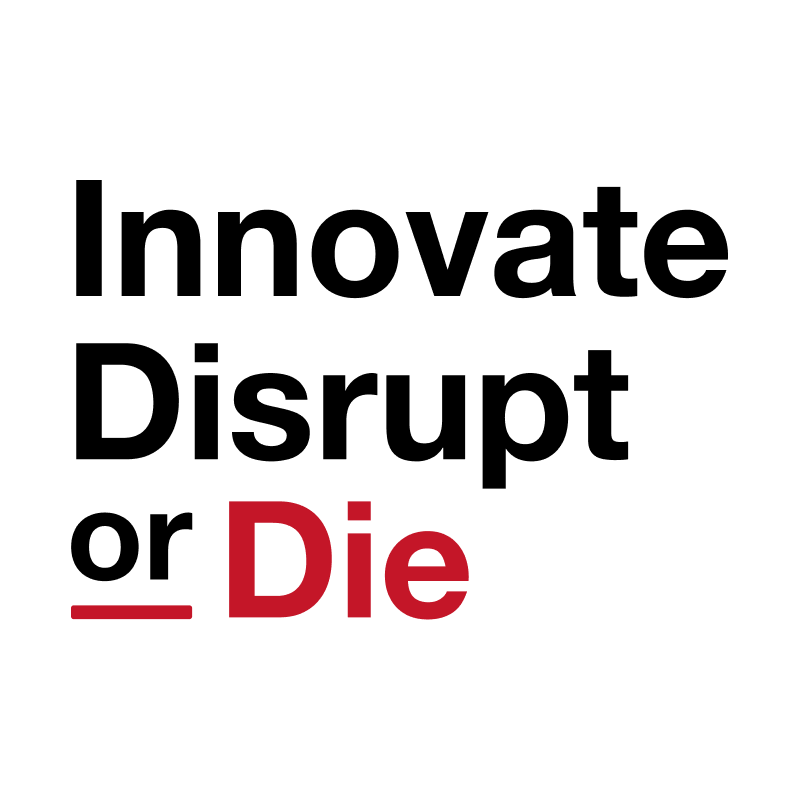- Seed to Sequoia
- Posts
- Disruption is not a better product
Disruption is not a better product
Most disruption happens because a founder solves a problem–but can you disrupt deliberately?
This week’s guest post breaks our pricing streak with a post about disruption. Danny Nathan writes a great newsletter and podcast called Innovate, Disrupt or Die where he focuses on topics relevant to founders. I invited him on to talk about his bread and butter, disruption. Danny founded and runs Apollo 21, a design and venture studio. You can find him on LinkedIn.
This subject rings particularly true for me because of Skyp.ai. We’re serving an underserved market. Some have questioned why I’m building yet another email product–after all, Apollo has 500,000 customers. And that’s exactly why–our less-full-featured, bootstrapped product is winning customers away from them. Just like some of the examples Danny talks about, it’s not about competing head on.

This post is brought to you by PicoMES. The next generation of manufacturers are building smarter, faster, and with fewer mistakes—and PicoMES is their partner on the shop floor. PicoMES helps innovative factories digitize and streamline assembly operations with modular software that scales as you grow. From digital worker guidance to error-proofed workflows with full traceability, companies as small as 6 operators to those as large as 1800 per shift trust PicoMES to bring startup speed and enterprise-grade reliability to modern manufacturing.

Why Aim for Disruption?
Most founders, or innovators for that matter, don’t set out to disrupt an industry. They start with a problem worth solving, a job to be done. The moment of disruption shows up later–if it shows up at all.
Strategic disruption unlocks new markets by surfacing customers and use cases incumbents ignore. Done right, disruptive growth isn’t dependent on stealing market share or defending margin. It comes from offering something the existing system wasn’t built to support and doesn’t care to challenge.
All of which begs the question: can disruption happen deliberately?
The Path to Deliberate Disruption
Disruption works because it makes room for something cheaper, easier to use, or more accessible. If you can surface those opportunities early, you can design your solution to them, on purpose, from the get-go. The outcome isn’t a side effect. It’s a design choice. If you want to open new markets and unlock runaway growth, you can’t just hope to stumble into it.
You have to engineer your way there.
Planning for disruption begins with mapping where entrenched systems are weakest, then filling in the gaps others can’t (or won’t) address. The most effective disruptions begin with a clear line of inquiry…